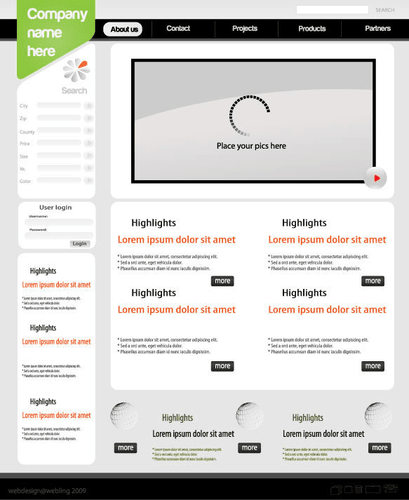
As a startup or small to medium-sized enterprise (SME), managing your finances is a critical aspect of running a successful business. However, hiring a full-time Chief Financial Officer (CFO) can be a significant expense for a growing business. In this article, we will explore what outsourced CFO services are, why you should outsource them, their advantages, and how to choose the right provider for your business. To support our outsourced CFO services, Amplēo also offers financial controller and accounting services. These services can help operations run more smoothly as your outsourced CFO begins to develop and apply a new financial strategy. Some services offer fixed rates for set services, while some can completely customize the experience at various hourly/daily/etc.

With a combination of unique industries, differing business goals, and diverse ways to raise capital, it’s safe to say that nearly every small- to mid-sized business has a different origin story. As a company grows, its needs grow as well, though not all of a company’s needs scale at the same rate. Keep in mind that the service provider could https://www.bookstime.com/ be an individual or a group of CFOs who have gone into business together. Before we can get to “how to select the right outsourced CFO service,” we need to agree on what outsourced CFO services actually are and what they offer. Each method carries its own set of advantages, challenges, and implications for the trajectory of a company.
Top accounting software comparison
A small business owner may lack objectivity when making strategic cost cuts because certain expenses and initiatives may be especially dear to the owner. Overall, an outsourced CFO will be more objective because they will not be biased when making cuts. They will make more effective decisions because they are based on data and industry knowledge; they are not invested in any particular project or initiative which may influence the in-house managers. Small businesses often require the aid of outsourced CFO services in times of transition, perhaps when a company is interviewing candidates when searching for a new, in-house CFO. At this time, an interim CFO can assist your organization and manage the finances until the new CFO comes on board.
At The CEO’s Right Hand, our outsourced CFOs have decades of experience across many industries. Get expert advice on every topic you need as a small business owner, from the ideation stage to your eventual exit. Our articles, quick tips, infographics and how-to guides can offer entrepreneurs the most up-to-date information they need to flourish. Hiring a CFO with the right qualifications is vital to a business’s future growth. Finding the right partner can be tricky and if help is needed, Decimal can connect you with the ideal partner. Once a business has decided upon a Virtual CFO, it is important to consider the following about potential service candidates.
Financial Forecasting: Short and Long-Term
In most cases, outsourced CFO services will give you access to a full team of professionals dedicated to helping your business grow. You’ll be able to add or subtract services as required, and never overcommit to support that isn’t needed. When every dollar invested in your company has a meaningful impact, finding affordable CFO support is important. The hourly and subscription-based pricing models allow you to pay only for the support you need. This opens your team up to expert insights and guidance, without opening you up to a cost strain.

You may need some help estimating how many hours it would take – if you have never done X, Y, and Z yourself, it is almost impossible to accurately gauge how long someone with expertise in those areas would take. Everything we discussed above outsourced cfo is designed to get at how much time you will need from a CFO, which is essential to answer that question accurately. Identifying your needs puts you much closer to being able to answer the question, “how much will an outsource CFO cost?
Best CFO outsourcing firm & services
A very straightforward solution, Merritt offers the most critical, core functionality at the lowest overall subscription cost. Because it doesn’t offer add-ons, extra features or other bells and whistles touted by other brands on this list, it can keep the costs at a flat rate — and a much lower one at that. We’re seeing a rise in freelance, solopreneurship and startup endeavors as of late. Pilot, a service conceived with these smaller scales in mind, helps organizations get professional bookkeeping help even if they’re just getting the business off the ground. It comes with fewer add-on features or upgrades, but for those who just need assistance keeping the numbers accurate, Pilot is an excellent fit. They should have a detailed understanding of possible risks related to your business and strategies to mitigate them.







